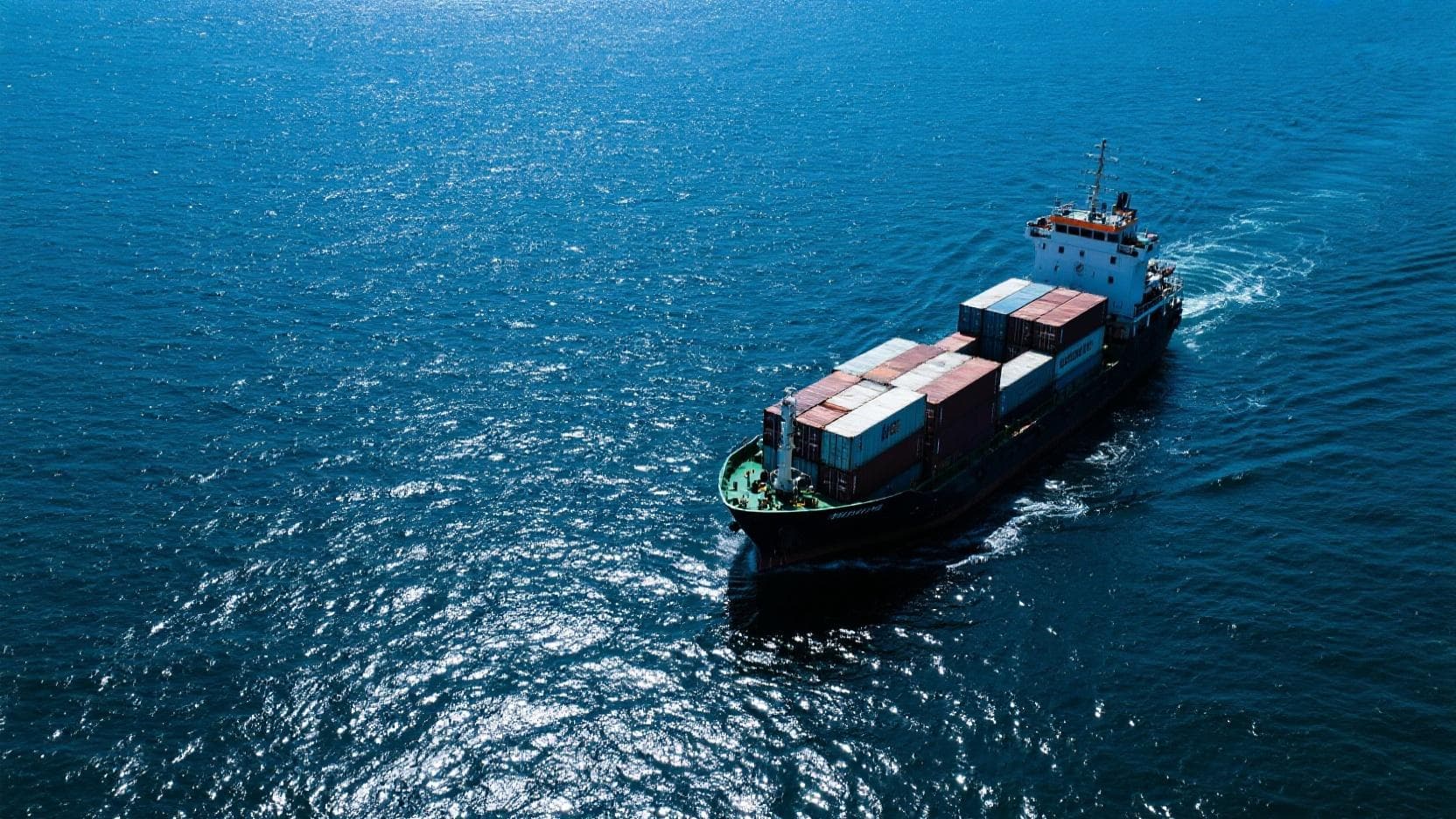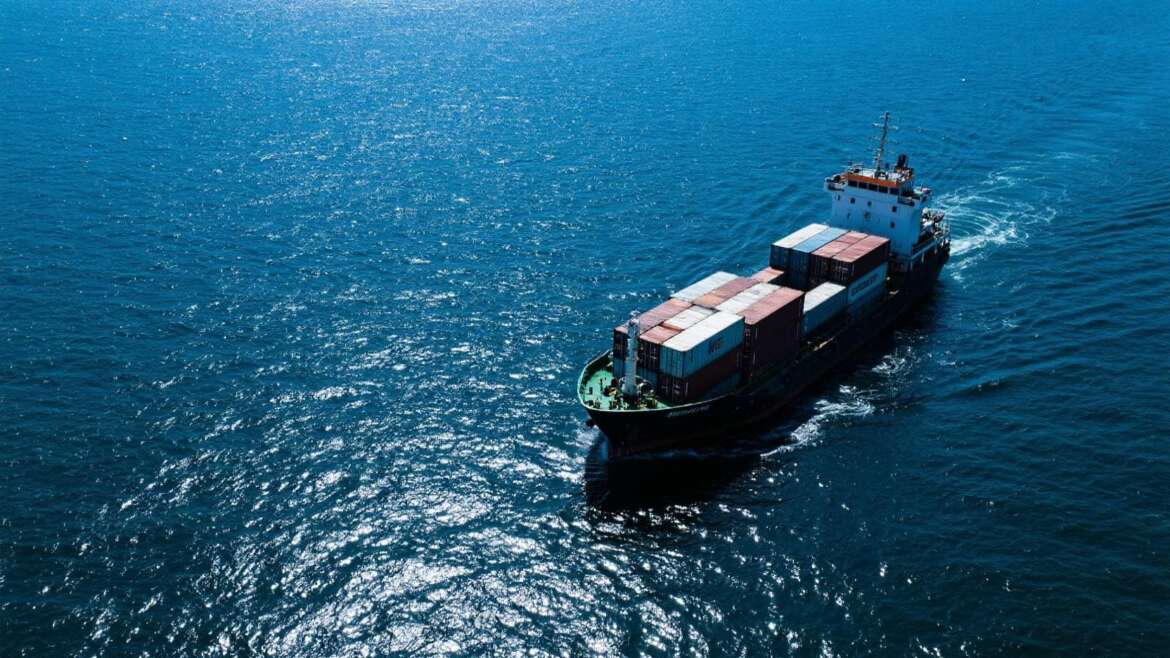Shipping a 20-foot container from China to Australia is one of the most efficient, reliable, and budget-friendly solutions for businesses engaged in trans-Pacific trade. Understanding all the key cost drivers, shipping timelines, compliance requirements, and optimization best practices is essential to ensure your cargo arrives on schedule—without any unexpected fees. This guide offers a comprehensive overview of FCL (Full Container Load) shipping from China to Australia, focusing on what really matters to shippers: real cost structures, routing options, regulatory essentials, and proven steps to keep operations smooth.

Table of Contents
Sea freight from China to Australia
Sea freight is the dominant mode for a full 20 ft container. It offers competitive rates, predictable capacity, and robust handling compared to air freight for larger volumes.
Typical POLs (China): Shanghai, Ningbo, Shenzhen (Yantian/Shekou), Qingdao, Tianjin
Typical PODs (Australia): Sydney, Melbourne, Brisbane, Fremantle (Perth), Adelaide
Door-to-door cycles commonly run ~25–35 days, depending on port pairs, schedule reliability, customs clearance, and trucking.
Selecting the right container type is crucial for optimizing freight costs, ensuring cargo safety, and complying with transport regulations. Your decision should be based on the dimensions, weight, handling requirements, and nature of your cargo.
Overview of Common Container Types
| Container Type | Internal Volume (m³) | Max Payload (tons) | Best For | Key Notes |
|---|---|---|---|---|
| 20 ft Standard | ~33 | 28–29 | Dense, heavy cargo with moderate volume | Most economic for heavy goods per unit |
| 40 ft Standard | ~67 | 28–29 | High-volume but lighter cargo (e.g. furniture, textiles) | Doubles volume, but not payload |
| 40 ft High Cube (HC) | ~76 | 28–29 | Voluminous/light, bulky goods requiring extra height (e.g. machinery, plastics) | Additional 30cm in height; maximize cubic usage |
| Special Containers | Varies | Varies | Oversized, irregular, or temperature-sensitive cargo (e.g. open top, flat rack, reefer) | Open tops for crane load, reefers for perishables |
Selection Tips
Check Road & Carrier Weight Limits: Ensure your loaded container complies with both local road regulations and shipping line maximum payloads.
Utilize Space Efficiently: Match cargo type to container volume and payload for best cost efficiency.
Hazardous Goods: Always confirm that your packaging and documentation meet IMDG (International Maritime Dangerous Goods) Code requirements. Proper labeling and certified packing are mandatory for international transit.
If you’re unsure about the best container option for your shipment, consult with Dantful.us International Logistics for expert guidance and tailored solutions.
Sea Freight Routes from China to Australia
There are several major sea freight routes connecting China’s export hubs with Australia’s key import ports, using both direct and transshipment services. Transit times depend on the specific port pair, carrier schedules, and seasonal demand.
| China Port | Australia Port | Transit Time (Port-to-Port) | Route Notes |
|---|---|---|---|
| Shanghai | Sydney | ~12–18 days | One of the most popular direct trade lanes, ideal for fast distribution on the east coast. |
| Ningbo | Melbourne | ~13–20 days | Serves Victoria and southern Australia with frequent sailings; suitable for general and specialist cargo. |
| Yantian/Shekou | Brisbane | ~14–22 days | Key route for manufacturing and electronics from South China to Queensland region. |
| Qingdao | Sydney/Melbourne | ~17–24 days | Connects northern China’s industrial output to Southern and Eastern Australia. |
| Tianjin/Xingang | Melbourne/Brisbane | ~20–28 days | Efficient for cargo originating in Northern China, usually involves transshipment. |
| Xiamen | Sydney | ~16–22 days | Supports South China exports such as textiles and light industrial goods. |
| Guangzhou (Nansha) | Fremantle (Perth) | ~16–24 days | Important for accessing Western Australia markets, especially for consumer and retail goods. |
| Shanghai | Adelaide | ~18–27 days | Used for specialized shipments to South Australia; often via transshipment in Melbourne or Sydney. |
Route Insights:
Direct services are preferred for urgent or high-volume cargo, offering fewer stops and lower risk of delay.
Transshipment services (via Singapore, Hong Kong, or other regional hubs) provide more flexibility and space availability but may extend transit times due to additional handling.
Seasonal peak periods—such as pre–Golden Week (China), Christmas inventory rush, and Chinese New Year—can cause congestion or capacity shortages. Early booking and extra schedule buffers are recommended.
Rate Structure and Quote Breakdown
20 ft FCL pricing commonly comprises these components. Understanding each line item helps you compare quotes fairly:
Base Ocean Freight
Core rate for the 20 ft container on a specific service/vessel.
Indicative range: USD 700–1,800 (low/mid season); USD 1,800–3,500+ (peak). Actual prices fluctuate with market conditions.
Origin Charges (China)
Terminal handling (THC), documentation, booking, export customs, trucking if needed.
Indicative range: USD 150–350+ (varies by port and scope).
Surcharges & Add-ons
Fuel/bunker (BAF), Peak Season Surcharge (PSS), congestion fees, war risk, low sulfur fuel (LSF) where applicable.
Destination Charges (Australia)
Terminal handling, delivery order (D/O), port service charges, quarantine inspection if applicable, local trucking for door delivery.
Indicative range: AUD 300–600+ for basic terminal/handling; local delivery depends on distance and vehicle type.
Customs, Duties, and GST
Duty depends on HS code and trade agreements; some goods may be duty-free.
Australia GST is commonly 10% on the customs value plus specific costs.
Optional Services
Marine cargo insurance, packing/labeling, warehousing, returns processing, and project handling.
How Much Does It Cost to Ship a 20ft Container from China to Australia?
The total shipping cost for a 20ft FCL (Full Container Load) from China to Australia consists of several components. The actual amount will vary according to the selected service, season, carrier, origin/destination, and cargo specifics. The following table provides an illustrative breakdown based on typical market ranges:
| Cost Component | Typical Range (USD/AUD) | Remarks |
|---|---|---|
| Base Ocean Freight | USD 900 – 2,200 | Varies by service, carrier, season |
| Origin Local Charges | USD 180 – 320 | Terminal handling, documentation, export |
| Surcharges (BAF, PSS, etc.) | USD 80 – 250 | Fuel, peak season, congestion, etc. |
| Destination Local Charges | AUD 350 – 700 | Handling, delivery order, port service fees |
| Customs Broker & Lodgement | AUD 120 – 250 | Assistance with customs clearance |
| Duty & GST | Varies (GST commonly 10%) | Based on HS code and customs value |
| Door Delivery (if required) | Quoted separately | Depends on local trucking distance/service |
Important Notes
Door delivery: Local trucking from port to consignee is extra and depends on delivery distance, cargo type, and whether appointments are required.
Free time: Always confirm how many days of free time are included at the destination terminal to avoid demurrage (container retention fees) and detention (equipment delay fees).
Duty & GST: Varies by commodity; most goods incur 10% GST on the customs value plus duties (some items may be duty-free according to trade agreements and tariff class).
For the most accurate and up-to-date freight quotation, please contact Dantful.us International Logistics—we provide free, tailored quotes to help you budget your shipment efficiently.
Transit Time and Delivery Assurance
Transit times for sea freight from China to Australia can be impacted by weather, port congestion, seasonal surges, and carrier scheduling changes. To ensure reliable delivery and reduce the risk of costly delays, shippers should apply proactive strategies throughout the supply chain.
Typical Transit Times for Main Routes
| Route | Port-to-Port Transit Time* |
|---|---|
| Shanghai → Sydney | 12–18 days |
| Ningbo → Melbourne | 13–20 days |
| Yantian/Shekou → Brisbane | 14–22 days |
| Qingdao → Sydney/Melbourne | 17–24 days |
| Tianjin/Xingang → Melbourne | 20–28 days |
| Guangzhou (Nansha) → Fremantle | 16–24 days |
| Shanghai → Adelaide | 18–27 days |
*Actual durations depend on carrier, route, and seasonal factors.
Ocean schedules can shift due to weather, port congestion, and blank sailings. To keep delivery promises:
Choose services with better schedule reliability and predictable cutoffs.
Build a buffer of 3–5 days around key milestones.
Track vessel ETA and transshipments via carrier/forwarder tools.
Pre-book space during peak seasons and confirm equipment availability.
Align factory readiness, documentation, and trucking with the vessel cutoff.
For urgent or high-value cargo, consider premium services or a hybrid approach (e.g., air for urgent components, ocean for bulk).
Customs and Compliance Essentials
Compliance prevents delays and penalties. For Australia imports:
HS Code & Valuation: Classify goods correctly and declare accurate values.
Documentation: Commercial invoice, packing list, bill of lading, certificates (origin where relevant), permits for controlled goods.
Biosecurity & Quarantine: Australia’s biosecurity rules are strict. Wood packaging must comply with ISPM 15; certain commodities may need inspection/treatment.
ICS Lodgement: Ensure timely lodgement via the Integrated Cargo System with a licensed broker/forwarder.
Duties & GST: Duty rates depend on commodity and trade agreements; GST is commonly 10%.
Prepare clean, accurate documents and plan for inspections to avoid storage costs and delays.
Warehousing and Value-added Services
Depending on distribution needs, consider:
Short-term storage near ports to stage deliveries.
Labeling, repacking, kitting to meet retailer/e-commerce requirements.
Reverse logistics for returns and QC.
Door-to-door services to reduce handoffs and simplify operations.
Coordinate warehouse cutoffs and delivery appointments with inbound schedules to minimize idle time.
Risk Management and Cargo Insurance
Mitigate operational and financial risks:
Insurance: Marine cargo insurance (e.g., ICC A/All Risk) for damage, theft, and certain losses.
General Average: Adequate insurance handles shared-loss exposure if declared.
Packaging: Use sturdy pallets, corner protectors, moisture barriers, and proper blocking/bracing.
Documentation: Accurate details reduce customs holds and fines.
Document condition with photos at loading and delivery and know claims procedures.
Freight Forwarder from China to Australia
Choosing the right freight forwarder is crucial for seamless shipping from China to Australia. An experienced and reputable partner manages every detail of your supply chain—from booking and documentation to customs clearance, terminal handling, and final delivery—ensuring transparency, compliance, and on-time performance.
When evaluating a freight forwarder, look for these attributes:
Extensive Experience on China→Australia trade lanes and a proven track record for timely, safe delivery
Transparent quoting and cost breakdown, with a clear explanation of all potential surcharges
Advanced shipment tracking and proactive communication to handle delays or disruptions
Comprehensive compliance knowledge, covering HS code classification, Australian biosecurity regulations, and ICS lodgement
Full-service capabilities, including FCL/LCL, air freight, customs brokerage, warehousing, insurance, and door-to-door solutions
To get the latest shipping rates, please contact Dantful.us today—we provide free, no-obligation quotes tailored to your shipment.



Leave a reply